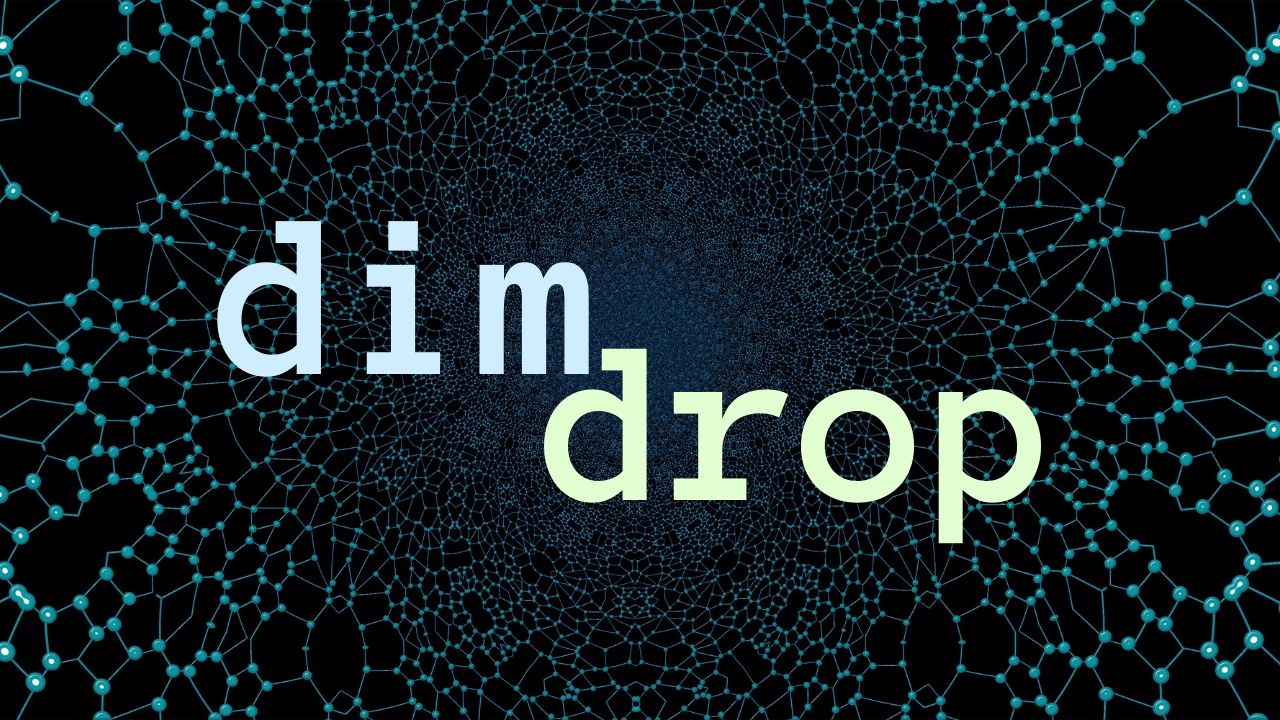As a result of writing my thesis I had a lot of models for doing dimensionality reduction implemented in Python using keras.
I decided to bundle them into a Python package and to publish it on pip as open source.
A few models for doing dimensionality reduction using neural networks (mostly autoencoders) are provided by the library
Implementation of the parametric variant of t-distributed neighborhood embedding.
Based on this paper:
Laurens van der Maaten. Learning a parametric embedding by preserving local structure. In David van Dyk and Max Welling, editors, Proceedings of the Twelth International Conference on Artificial Intelligence and Statistics, volume 5 of Proceedings of Machine Learning Research, pages 384–391, Hilton Clearwater Beach Resort, Clearwater Beach, Florida USA, 16–18 Apr 2009. PMLR.
A deep autoencoder model as baseline for other autoencoder based dimensionality reduction methods.
The default parameters are based on this paper of Geoffrey Hinton:
G E Hinton and R R Salakhutdinov. Reducing the dimensionality of data with neural networks. Science, 313(5786):504–507, July 2006.
Deep Embedded Clustering model based on this paper:
Junyuan Xie, Ross B. Girshick, and Ali Farhadi. Unsupervised deep embedding for clustering analysis. CoRR, abs/1511.06335, 2015.
DeepCluster model based on this paper:
Kai Tian, Shuigeng Zhou, and Jihong Guan. Deepcluster: A general clustering framework based on deep learning. In Michelangelo Ceci, Jaakko Hollmén, Ljupčo Todorovski, Celine Vens, and Sašo Džeroski, editors, Machine Learning and Knowledge Discovery in Databases, pages 809–825, Cham, 2017. Springer International Publishing.
VASC: variational autoencoder for scRNA-seq datasets based on this paper:
Dongfang Wang and Jin Gu. Vasc: dimension reduction and visualization of single cell rna sequencing data by deep variational autoencoder. bioRxiv, 2017.
